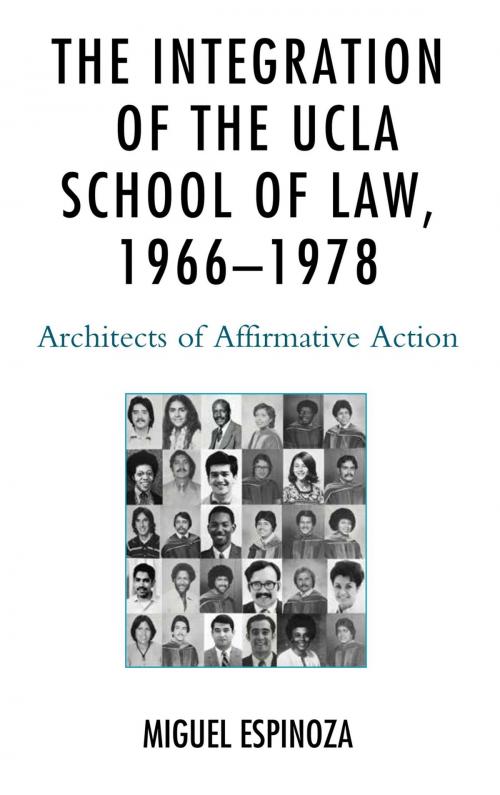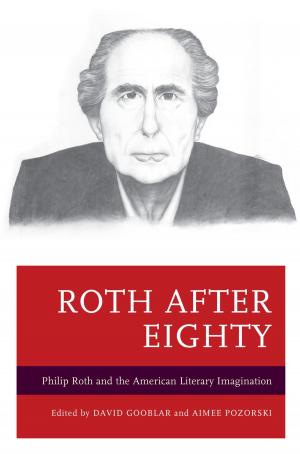The Integration of the UCLA School of Law, 1966—1978
Architects of Affirmative Action
Nonfiction, Reference & Language, Law, Educational Law & Legislation, Legal Education, Social & Cultural Studies, Political Science, Politics, Civil Rights| Author: | Miguel Espinoza | ISBN: | 9781498531634 |
| Publisher: | Lexington Books | Publication: | December 1, 2017 |
| Imprint: | Lexington Books | Language: | English |
| Author: | Miguel Espinoza |
| ISBN: | 9781498531634 |
| Publisher: | Lexington Books |
| Publication: | December 1, 2017 |
| Imprint: | Lexington Books |
| Language: | English |
In 1966, a group of UCLA law school professors sparked the era of affirmative action by creating one of the earliest and most expansive race-conscious admissions programs in higher education. The Legal Education Opportunity Program (LEOP) served to integrate the legal profession by admitting large cohorts of minority students under non-traditional standards, and sending them into the world as emissaries of integration upon graduation. Together, these students bent the arc of educational equality, and the LEOP served as a model for similar programs around the country. Drawing upon rich historical archives and interviews with dozens of students and professors who helped integrate UCLA, this book argues that such programs should be reinstituted—and with haste—because affirmative action worked.
In 1966, a group of UCLA law school professors sparked the era of affirmative action by creating one of the earliest and most expansive race-conscious admissions programs in higher education. The Legal Education Opportunity Program (LEOP) served to integrate the legal profession by admitting large cohorts of minority students under non-traditional standards, and sending them into the world as emissaries of integration upon graduation. Together, these students bent the arc of educational equality, and the LEOP served as a model for similar programs around the country. Drawing upon rich historical archives and interviews with dozens of students and professors who helped integrate UCLA, this book argues that such programs should be reinstituted—and with haste—because affirmative action worked.















